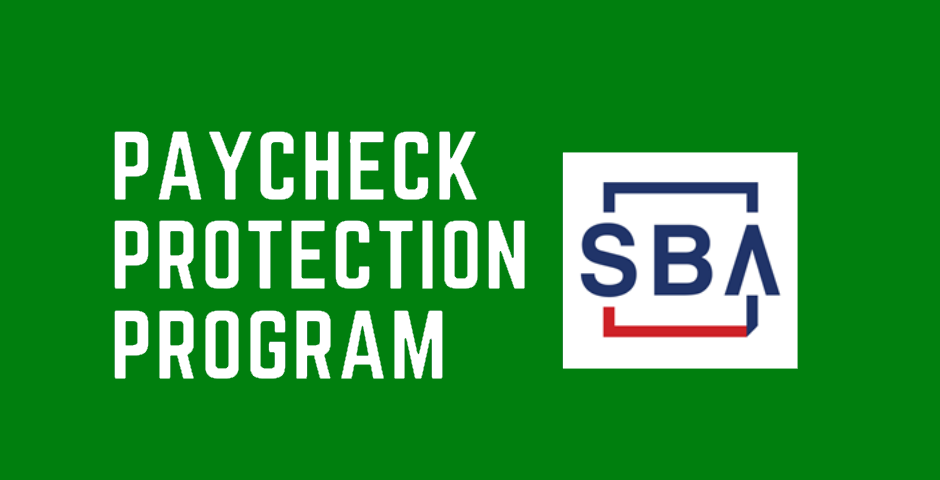Advisory
PPP Loan Forgiveness: Popular but Complicated
While the intent of the PPP was to create simplicity and security in uncertain times, an unintended effect of the statute and forgiveness application has been to complicate borrowers’ processes and create further questions.
May. 21, 2020

The Payment Protection Program (PPP) has been met with enthusiasm, confusion and a variety of other responses since the Small Business Administration (SBA) unveiled it as a way to provide economic relief to small businesses during the COVID-19 pandemic.
Shifting from the initial rounds of funding, loan forgiveness has turned out to be one of the PPP’s most attractive features. Certain elements and calculations, if met, can translate into all or part of a borrower’s loan amount converting into a grant and being forgiven.
However, complex calculations, nebulous terminology, and voluminous documentation requests can leave borrowers’ heads spinning and CPAs and attorneys scrambling to keep up.
Here are some key points and guidance for navigating the PPP’s Loan Forgiveness Application.
Eligible Costs
Eligible expenses for loan forgiveness fall into two categories: payroll costs and non-payroll costs, with the total amount of forgiven funds consisting of 75% payroll costs at a minimum. Payroll and non-payroll costs must be paid during the Covered Period, or incurred during the Covered Period and paid out during the next regular billing cycle, even if after the Covered Period. The Covered Period is an eight-week period beginning the day after the loans are disbursed. There is also an Alternative Covered Payroll Period for certain borrowers. The legislation and forgiveness application clearly define the components of payroll and non-payroll costs for borrowers’ benefit. Congress’ intent was for borrowers to retain or rehire employees, so Congress included some loan forgiveness reductions that borrowers must be aware of.
Reductions to Forgiveness
The Salary/Hourly Wage Reduction compares the average annual salary or hourly wage by employee during the Covered Period to the same metric as measured during Q1 2020. This test is applied to employees who earned an annualized rate of less than or equal to $100,000 for all pay periods in 2019 or were not employed by the borrower at any point in 2019.
There is a reduction in eligible loan forgiveness related to the amount by which any salary/wage reduction related to each eligible employee during the Covered Period as compared to Q1 2020 exceeds 25%. If the resulting reduction is less than 25%, there is no salary/wage reduction exposure for this employee, and the calculation moves on to the next employee.
A safe harbor mechanism exists to relieve reductions to forgiveness by employee if the borrower i) reduces average annual salary/hourly wages for the employee between February 15, 2020 and April 26, 2020, and ii) restores average annual salary/hourly wages for the employee to February 15, 2020 levels as of June 30, 2020.
A second reduction measures the Borrower’s average full-time employee census during the Covered Period as compared to the Measurement Period as a ratio. The borrower must compute the following fraction to calculate potential Full Time Equivalent Employee (FTEE) Reductions:
Total Average Weekly FTEE during the Covered Period / Total Average Weekly FTEE during the chosen Measurement Period
The Measurement Period is, at the borrower’s election, either (i) February 15, 2019 to June 30, 2019; (ii) January 1, 2020 to February 29, 2020; or (iii) in the case of seasonal employers, either of the preceding periods or a consecutive twelve-week period between May 1, 2019 and September 15, 2019.
To calculate each FTEE, divide the average number of hours paid per week during the loan period by 40 and round the total to the nearest tenth, with a maximum of 1.0. Alternatively, assigning a 1.0 for employees who work 40 hours or more per week and 0.5 for employees who work fewer hours may be elected; however, this calculation must be consistent throughout the application.
Employees for which i) the Borrower made a good-faith, written offer to rehire during the loan period which was rejected by the employee, and ii) who during the Covered Period (a) were fired for cause, (b) voluntarily resigned, or (c) voluntarily requested and received a reduction of their hours are an exception to the calculation. These exceptions are applicable only if the positions were not filled by a new employee.
Safe harbor from this reduction is available if both of the following conditions are met: i) the borrower reduced its FTEE levels in the period beginning February 15, 2020 and ending April 26, 2020; and ii) the borrower then restored its FTEE levels to those levels in the pay period that included February 15, 2020 as of June 30, 2020.
Complexities and Conundrums
Recent SBA guidance clarified many aspects of the loan forgiveness process, but borrowers need to be aware of some questions. For example:
- Can vision, dental, short-term/long-term disability, and life insurance contributions be included when calculating health benefits?
- Are prepayments other than mortgage interest allowable during the loan period?
- Is rent paid to related parties allowable?
- How should a borrower with multiple pay cycles perform these calculations?
- The Loan Forgiveness Application specifies that funds must be used to “retain” employees. Does this specifically prohibit hiring new employees?
While the intent of the PPP was to create simplicity and security in uncertain times, an unintended effect of the statute and forgiveness application has been to complicate borrowers’ processes and create further questions. However, with specific guidance and prudent attention to detail, these calculations are navigable and manageable.
============
Ryan Irby, CPA, is a partner with Weaver, a national accounting firm. As head of Weaver’s CFO Advisory Practice, he assists clients with budgeting and forecasting activities, scenario-based decision analysis, long range planning, working capital and profitability analysis, corporate restructuring efforts and cash flow modeling projects.
